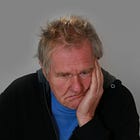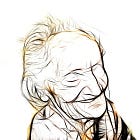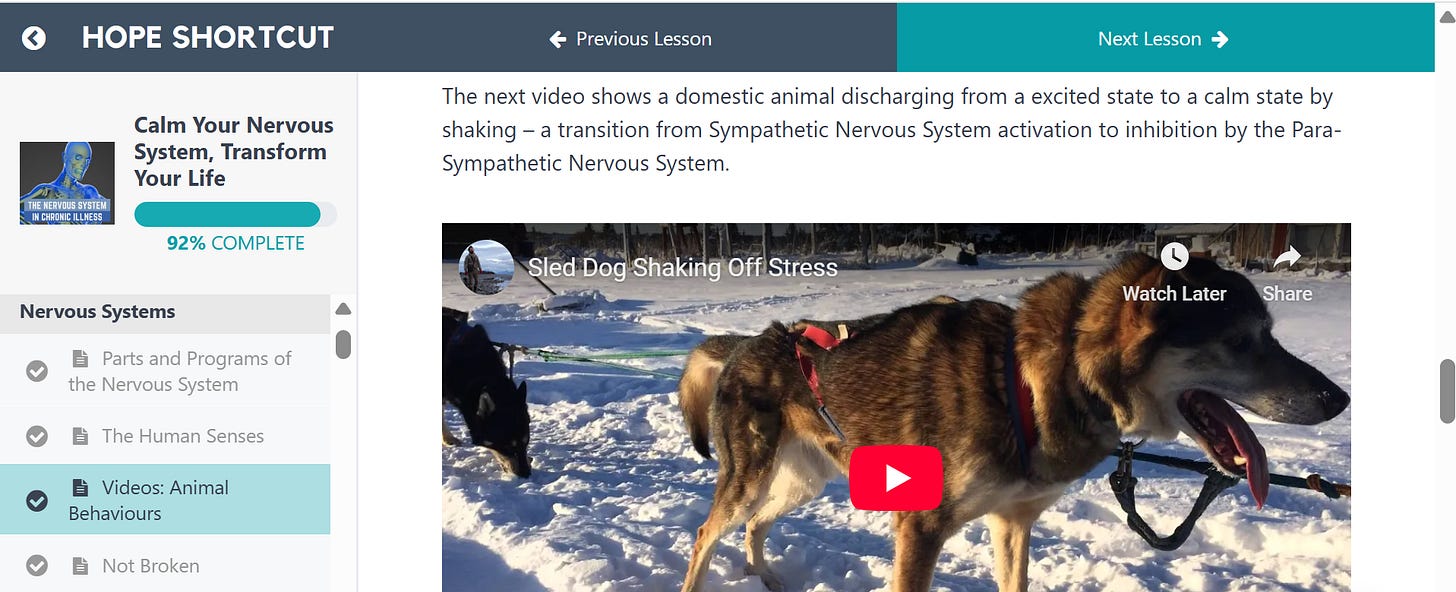Dopamine's "Go" and "No Go" Role in ADHD, Dementia and Many Other Conditions
The Action vs Inaction Functions of Dopamine
Introduction
We know that dopamine has different roles in different areas of the brain, such as for motor control, motivation, and reward, but dopamine also controls so-called “Go” and “No Go” processes, governing “action” or “inaction”.
Basically, dopamine motivates us towards movement, action or behaviors that are rewarding. Yet it is responsible for demotivating us, inhibiting or suppressing movements, actions or behaviors that are potentially harmful or unrewarding. When the “Go” (action) function of dopamine is active, the “No Go” function is suppressed, and vice verse, so these are competitive processes.
In this article, we look at how imbalances, over-activity, or under-activity in the “Go” and “No Go” processes provide useful explanatory insights into several diagnoses. While the main article isn’t solution orientated, the purpose is to provide a simple, but powerful, concept through which folks with many different types of chronic condition can understand themselves, and understand what is happening to them. Indeed, I find with chronic conditions, just having this self-understanding, so that it is no longer just an unexplained mystery, can bring very significant relief.
[Note that I have not included reference links in the below, because in this age of AI, you can simply ask your favorite Large Language Model to instantly provide you with an up-to-date, complete literature review supporting any of the points of information provided here. Then provide you with easily understood summaries of it all. I can’t compete with that!].
At the end of the post, I have included an abridged audio visual version.
“Go and No Go” or “Action and Inaction”
Both of rhese processes employ dopamine signaling to effect movement, motivation, and decision-making.
The “Go” function pushes us towards action or movement or behaviors associated with dopamine rewards. It drives us towards outcomes predicted to be helpful for survival.
The higher the dopamine levels, e.g. when an outcome is anticipated to be more highly rewarding, the stronger the Go function and the more likely it will drive us to action.
Conversely, the “No Go” function inhibits or suppresses actions, movements or behaviors which are likely to be unrewarding, have negative outcomes or be disappointing. It pushes us towards inhibition, restraint, and impulse control.
As dopamine levels go down, e.g. when an outcome is predicted to be more disappointing or punishing, then the No Go function becomes stronger. So the more likely it will restrain and prevent our actions or behaviors.
So the Go and No Go functions work in competition to regulate behavior. [Technically the two processes are governed by dopamine interacting with two different types of dopamine cell receptors, D1 type receptors for Go, and D2 for No Go].
A useful analogy is a car with a gas/accelerator pedal and a brake pedal. The gas pedal is like the Go function, the brake is like No Go. As dopamine goes up, the harder the gas pedal is pressed while slacking off the brake, and as dopamine goes down, the harder the break is pushed, and the foot is eased off the gas pedal.
Below, we will consider several diagnosis and look at how imbalances in Go and No Go provide useful explanations and insights.
Interested in naturally re-balancing your dopamine for health and well-being? My online programme Calm Your Nervous System, Transform Your Life includes a course on Optimizing Dopamine:
ADHD
While ADHD has sometimes been associated with “dopamine deficiency”, a more useful picture is that No Go has become weakened or de-sensitized and/or Go has been over-sensitized. This perhaps occurs when the system is trying to compensate for long term chronic stress.
The imbalance manifests as impulse and restraint control, hyper-active movement, difficulty inhibiting or suppressing distractions [the inattention part], and seeking instant gratification/difficulty delaying rewards. These impulse control issues are then further exacerbated in the presence of potentially rewarding stimuli, as Go is then stimulated even more by the dopamine released.
Cerebral Palsy
of pointed out to me the apparent similarities between some folks with CP and people with Parkinson’s who have been habitualized to high doses of dopamine replacing drugs. In particular the similarities of the “dyskinesia” or constant, involuntary movements. So I thought it was worth looking into potential connections of CP with the Go and No Go processes.There are indeed important connections, in terms of the motor control and motor co-ordination. While the main cause of CP is brain injury or physical alteration to the brain’s architecture, the resulting changes may induce significant disruption to the Go or No Go balance, with the form of the imbalance dependent on the details of the structural changes.
For example, for those with the so-called dyskinetic form of CP, the Go function may be over-sensitized, and/or the No Go function severely weakened/de-sensitized. This results in the constant involuntary movements due to the overactive Go which the weakened No Go cannot suppress.
[As an aside here, note that the Go vs No Go concept also straightforwardly explains why folks with Parkinson’s on high levels of dopamine replacing drugs get the dyskinesia - because they are over-activating their Go, while overly suppressing their No Go, by ingesting too much dopamine].
On the other hand, for those with forms of CP that look more like Parkinson’s slowness of movement, rigidity and stiffness, the imbalance may be more towards over-active No Go and weakened Go. Apparently, limited trials of l-dopa (the main dopamine replacing drug for Parkinson’s) in people with CP did show partial improvement, supporting this idea.
Dementia
Disruptions of the Go and No Go functions may occur as a secondary effect of the brain atrophy in forms of dementia. Initially, this may manifest as an imbalance shifted towards Go, resulting in the “seeking” type behaviors, such as constantly wandering around, constantly calling out, and other repetitive behaviors (“perseveration”). The lack of inhibition may also result in socially inappropriate behaviors.
As the dementia advances, the imbalance shifts towards No Go, so the dementia looks more like Parkinson’s. In late stages, the shift is to very strong No Go activation, resulting in a catatonic hibernatory state.
Parkinson’s Disease
In folks with a Parkinson’s diagnosis, i.e. those of us who are stuck in stress-induced freeze response, the No Go function is being very strongly activated all the time, and the Go function is highly suppressed.
Tourette’s Syndrome
As for ADHD, imbalances strongly favoring Go and weakening No Go may contribute to involuntary tics and compulsive or repetitive behaviors.
Addiction
Addiction may involve a vicious circle, where engaging in the addiction and receiving the dopamine reward for doing so, initially provides relief from a chronic No Go activation, by temporarily switching the Go function on. The dopamine reward from anticipation of engaging in the addiction again then also inhibits impulse control, making it more difficult to restrain from further engagement.
OCD
Again, an imbalance favoring Go over No Go resulting in an inability to suppress repetitive behaviors, may explain OCD.
Seizures
While not causal, imbalance of Go or No Go can increase or decrease severity and frequencies of seizures. In particular, activating Go tends to increase neuronal activity, and hence is pro-convulsive, while No Go tends to be anti-convulsive.
I believe that Go and No Go imbalances have explanatory power for many other chronic conditions, including Bipolar, Chronic Fatigue Syndrome, and PTSD.
Discover more about the central role of dopamine, and how to create balance for health and well-being, via my Calm Your Nervous System, Transform Your Life programme.









Very interesting.
YAY! So good to see you back again. i marvel eternally at the wonder of Dopamine, which must be your most favorite word in the world...
i send you so much love!